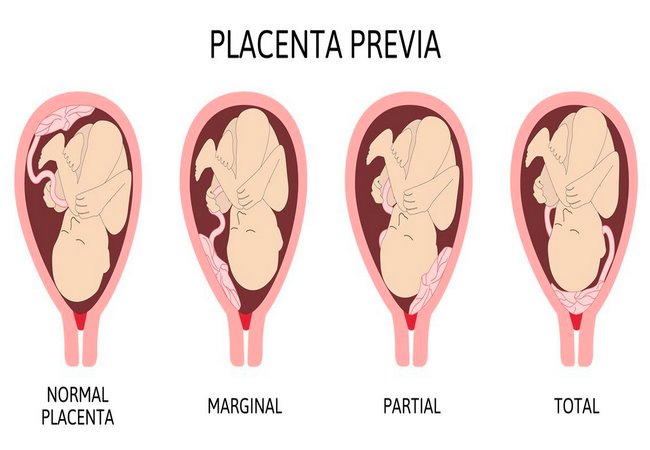Management and Treatment of Oligohydramnios
What is Oligohydramnios?
It is defined as the volume of amniotic fluid being less than 300 ml during the third trimester of pregnancy. Oligohydramnios is a medical condition characterized by a lower-than-normal amount of amniotic fluid in the amniotic sac during pregnancy. Amniotic fluid is crucial for the fetus’s development as it cushions the baby, helps maintain a constant temperature, and is necessary for lung and digestive system development.

Risk Factors of Oligohydramnios:
The following medical conditions in the mother are considered to increase the risk of oligohydramnios:
- Chronic high blood pressure,
- Dehydration,
- Preeclampsia,
- Diabetes,
- Hypertension,
- Lupus.
Treatment and Management of Oligohydramnios:
Women who have a healthy pregnancy, developing mild oligohydramnios towards the later stages often do not need any treatment. In such cases, the doctor monitors the fetal heart rate, lung development as well as the baby’s movements closely using ultrasound and other similar tests. Delivery is the most appropriate management option if oligohydramnios occurs during the last stage of pregnancy. More severe cases of pre-terr. Oligohydramnios may require the following treatment measures:
1. Amnioinfusion:
It involves infusing sodium chloride solution (room-temperature) into the amniotic cavity using an intrauterine catheter to maintain normal amniotic fluid levels.
2. Vesico-Amniotic Shunts:
This treatment procedure involves diverting the fetal urine into the uterus in women with fetal obstructive uropathy that causes oligohydramnios. Vesico-amniotic shunts are quite effective in managing the low amniotic fluid levels; however, their efficacy in maintaining proper renal and pulmonary functions is still doubtful.
3. Fluid Injections:
Injecting fluids through amniocentesis prior to delivery. Although, the condition tends to return within a few weeks after administering the injection, it allows doctors to understand the fetal anatomy properly enabling them to better manage the problem in the future.
4. Maternal Re-Hydration:
Using oral fluids and IV fluids to rehydrate the mother’s body helps to raise the amniotic fluid levels. Due to this reason, doctors often ask affected mothers to drink plenty of water.
5. Bed Rest:
Prescribing complete bed rest to the mother, along with proper hydration, helps to promote the amniotic fluid production by increasing her intravascular space. Termination of pregnancy may be the only option in severe cases occurring during the first trimester.
More questions related to this article:
- What is oliamnios?
- What do you mean by oligohydramnios?
- Define oligohydramnios.
- What are the risk factors of oligohydramnios?
- What are the factors responsible to happen this?
- Describe shortly the treatment and management of oligohydramnios.
- Write down the treatment of this case.











